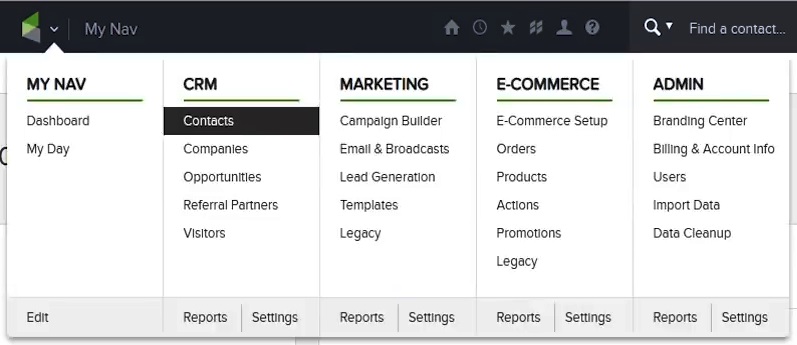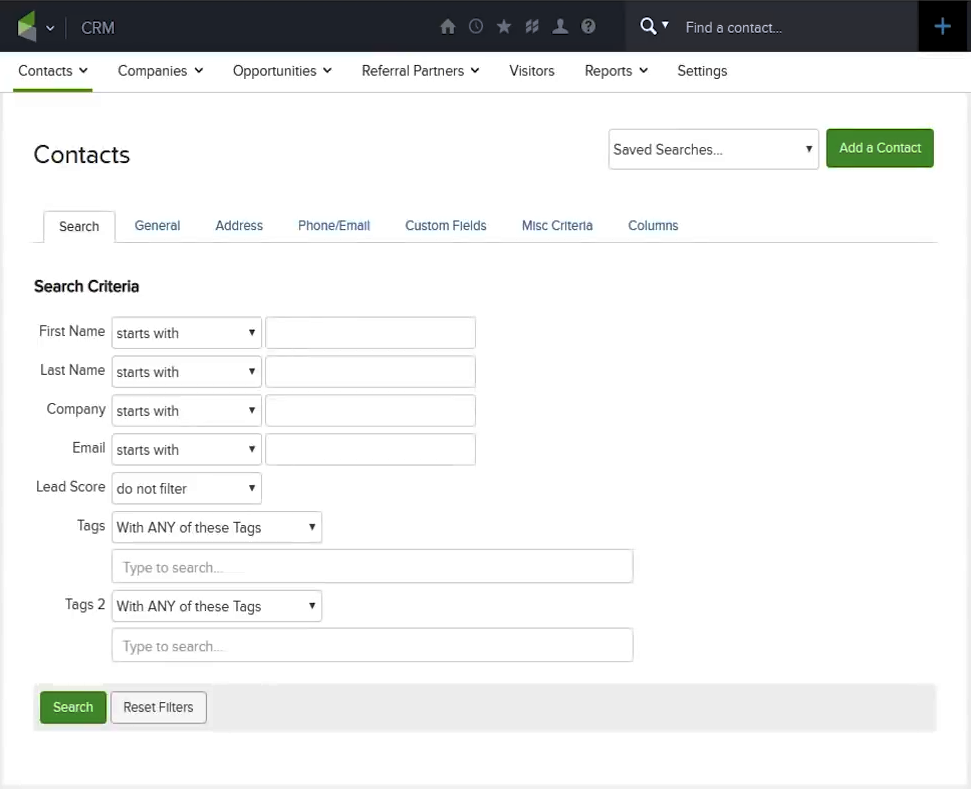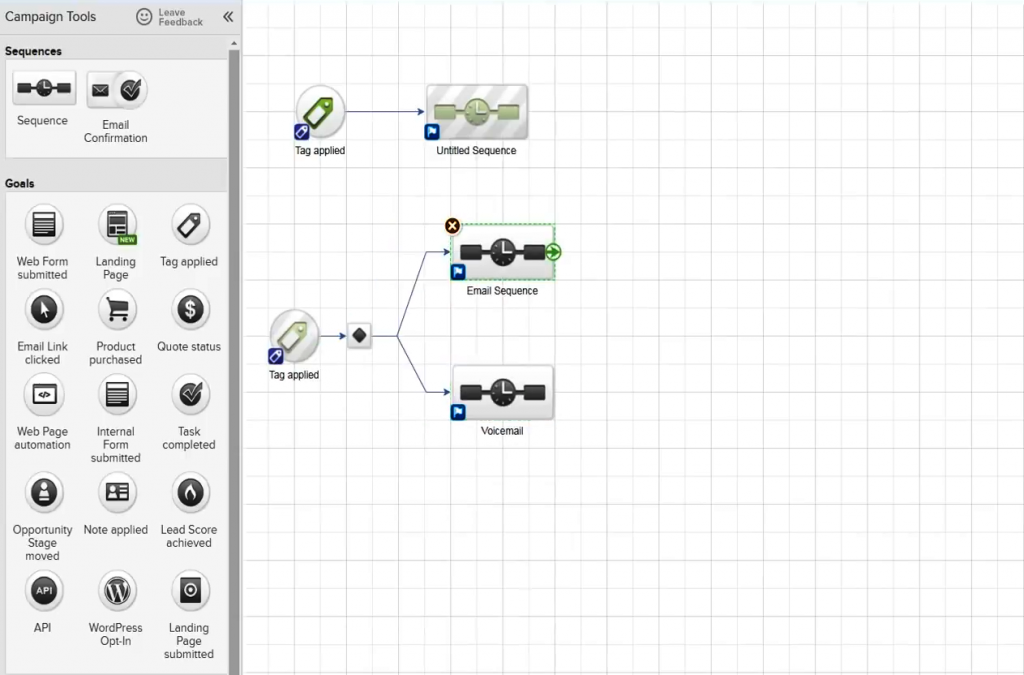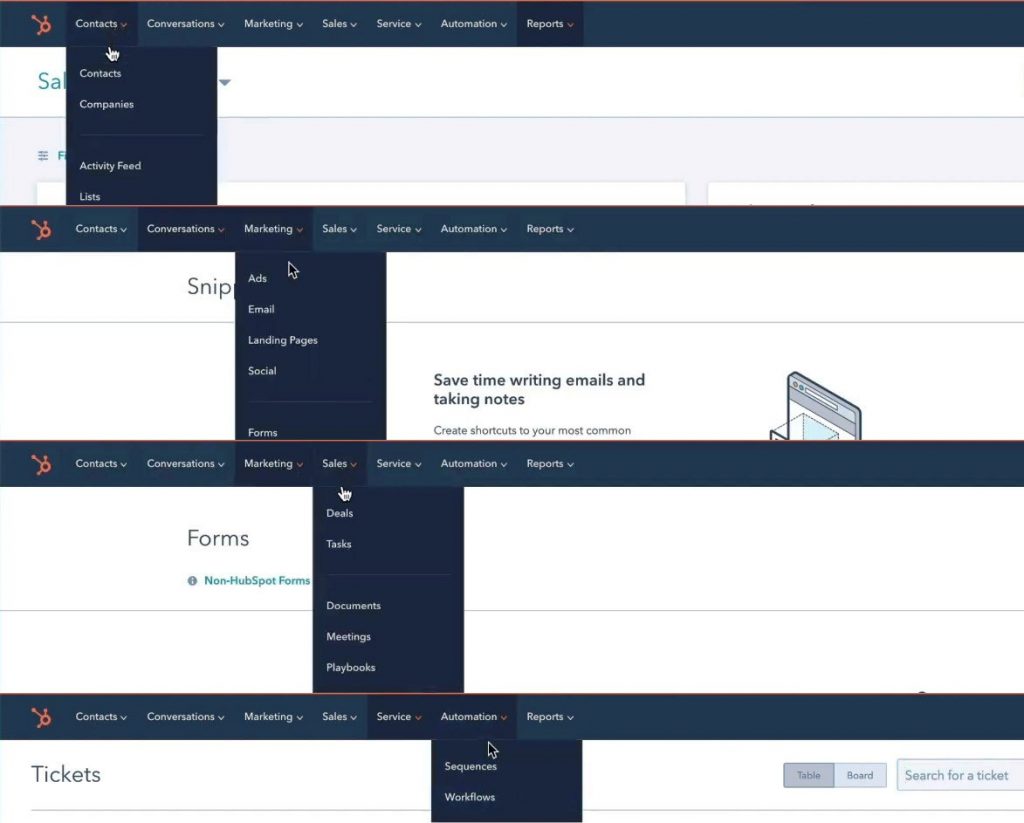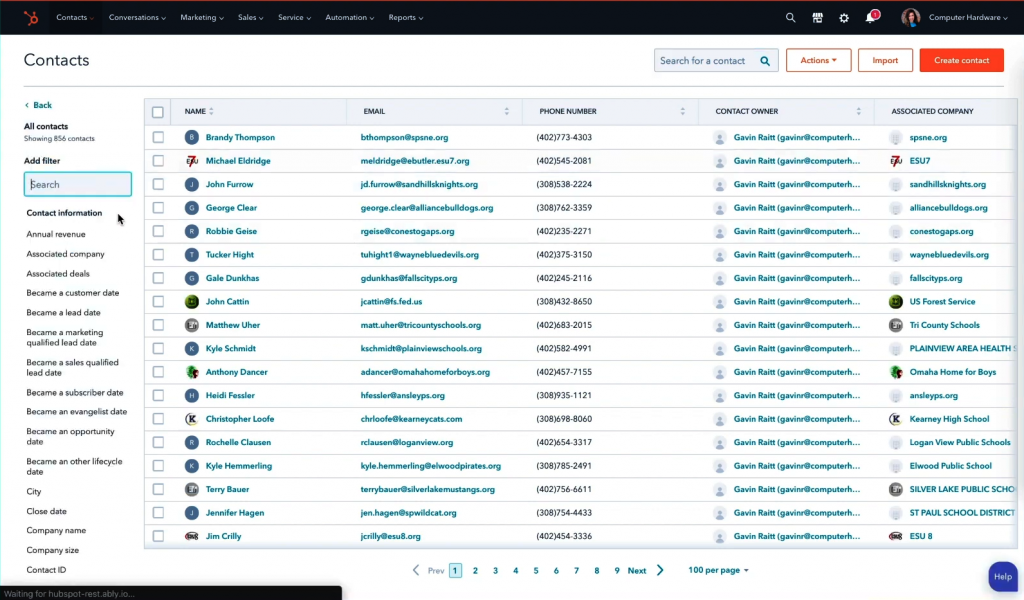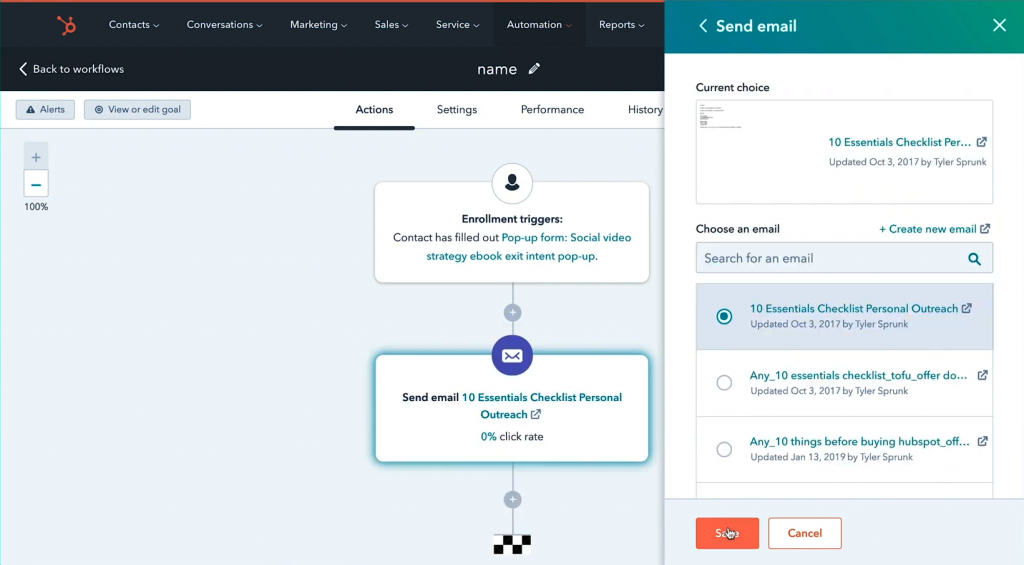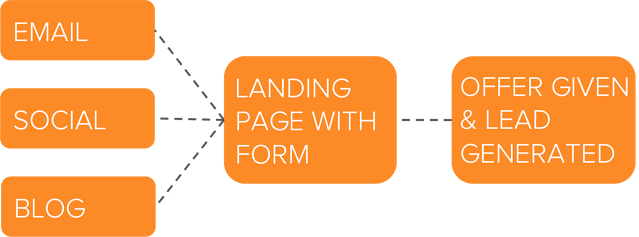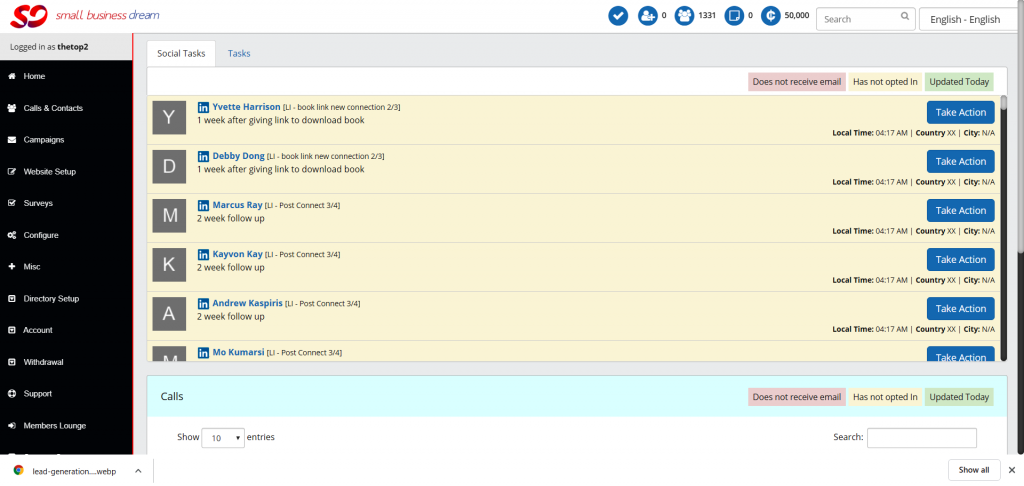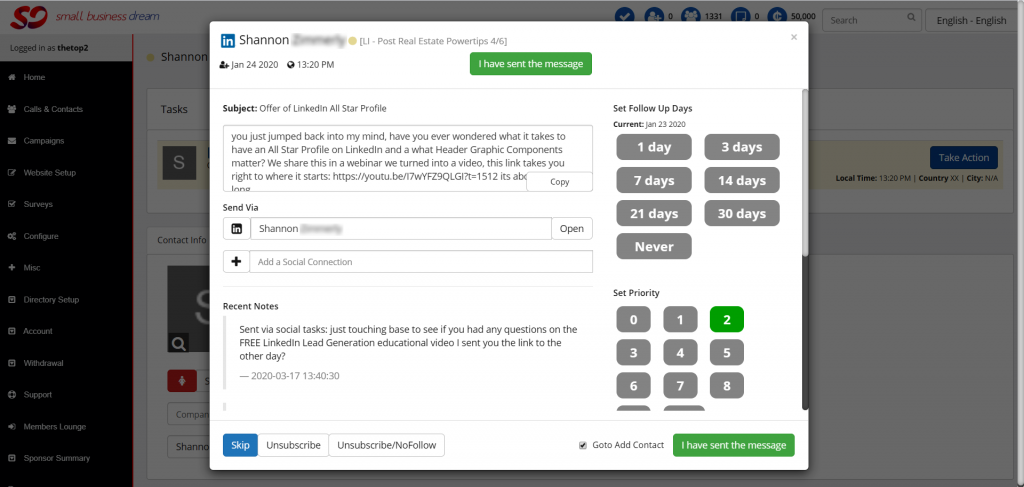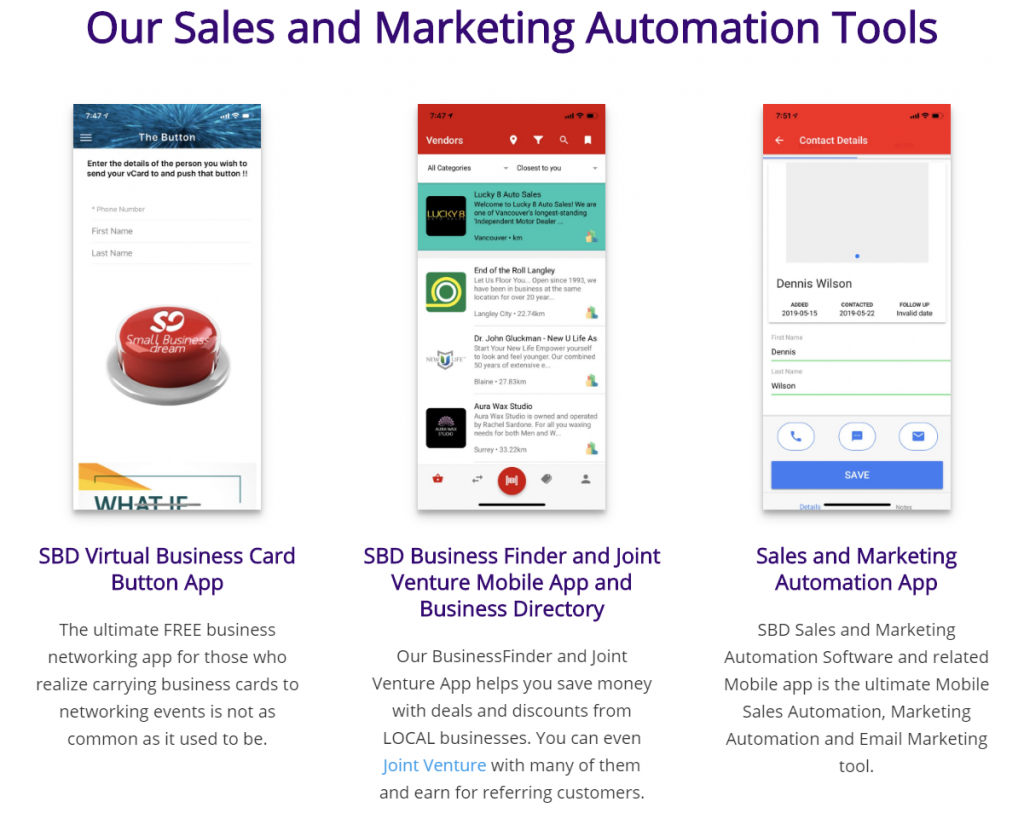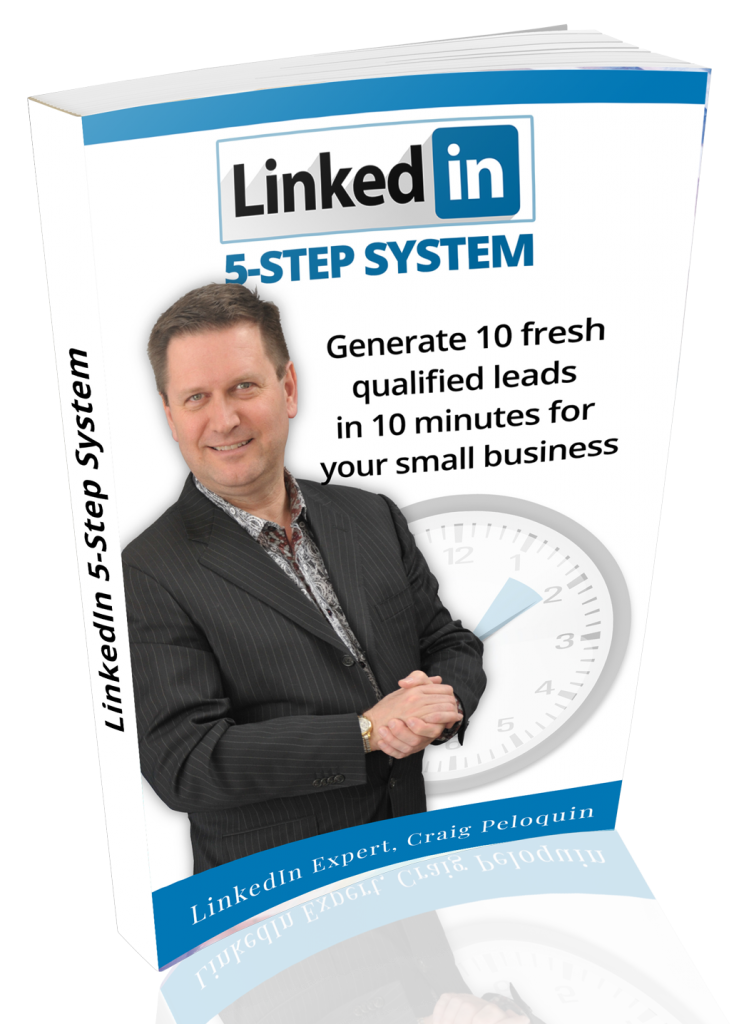
No matter where in the world you live, small businesses are the backbone of the economy. According to a 2017 statistics, 97.9 percent or around 1.15 million of the country’s businesses are in fact small businesses while only a mere 0.2 percent or less than 3,000 are considered big businesses.
With that in mind, what implications does a long, drawn-out lockdown have on the economy and why should governments spend every effort to spare millions of small businesses during these difficult times?
Small Businesses Create More Jobs than Big Businesses
Small businesses have a significant impact in terms of GDP and curbing unemployment rates among well-developed economies. They pool together skills, resources, and capital into creating something useful and worthwhile to the economy – jobs, income, quality goods and services – things which couldn’t be attained otherwise.
More and more people are attracted to the idea of running their own businesses because it promises greater opportunities and it enables them to work at their own pace without having to live off from paycheck to paycheck. It’s not uncommon to see former employees building an empire for themselves. Steve Jobs worked (no pun intended) as a game console technician for two years before rising as co-founder and CEO of Apple.
However, most people aren’t built for entrepreneurial roles or they don’t have the right mindset to begin with. Hence, the vast majority will actually end up working for a job instead of being at the helm of things. This takes us back to the 80-20 rule. As a business owner, you may well be among the 20 percent in the world who has other people in the 80 percent working for you (also known as Pareto principle).
Small Businesses Spark Innovations and Industry Leaders
As we gain more experience, we also get better at things like differentiation and avoiding market saturation. So we try different things. We find clever ways to stand out from the crowd. We make it a point to satisfy, or as Warren puts it, to delight our customers, whether it’s better products, top-notch service, frictionless transactions, online services, and so on.
Small businesses have the ability to change things at will – little by little, one small step at a time. These are the ones who eventually strike gold and become a dominant force in the market. Amazon started off as an online bookstore in a small garage in Washington. Furthermore, small businesses are much closer to home and thus better at getting feedback on how they might improve their product or service.
Compare this with big businesses where creativity and innovation is often hampered by office politics and excessive bureaucracy. It’s especially important for fast-changing industries such as tech, finance, consumer goods, and transportation.
Small businesses that rise to become household names add yet another benefit to the economy – the export of high-quality goods and services not previously available in the market. Yeti Coolers is a textbook case of a two-man business which morphed into a multimillion-dollar, publicly-traded company in as little as 6 years. Other notable examples include Uber and Airbnb.
Small Businesses Breeds Healthy Competition
There’s no getting away with competition. Pretty soon you’ll have to deal with other businesses when they start showing up at your doorstep. Over the years we’ve learned to adapt to these challenges by being better at certain aspects in our businesses and by standing out from the competition.
Competition might actually be good for business and the economy as a whole. Competition vastly improved our goods and services. New products and technologies continue to emerge. Businesses move faster, becoming more efficient than ever. Production goes into overdrive, providing customers with a myriad of options from budget to high-ticket items, feeding small businesses with a steady stream of cash, stimulating economic growth.
Competition would also mean consumers have less to worry about when it comes to monopoly and price-gouging. Antitrust laws ensure all businesses stay within the limits of fair competition and refrain from unethical practices such as undercutting the competition or by offering goods and services at cutthroat prices (forcing competing businesses to capitulate).
Interesting enough, small businesses can take on other businesses, even the big ones, if they just put more time working on their strengths. Unlike the big ones, small businesses are more agile. They can go mobile, implement one small change at a time, test out a new product or service or switch to a different strategy at a moment’s notice. In fact, you can implement some of them yourself by learning CRM and sales and marketing automation.
We’ve spent years and years perfecting our unique system after working with more than 700 clients and came up with our 5-step Rapid Sales Growth Blueprint designed especially for small business owners like you.
Small Businesses Keep Our Economy in Good Shape – and Why Our Governments Should Step in
Small businesses have been the engine that drives our economy for so many decades. They ushered the golden age of consumerism, providing people with quality goods and services and improving our way of life. We owe these a lot to the millions of small businesses who are now at risk of losing the battle against COVID-19.
As one of the major borrowers of capital, they’ve turned small towns into bustling cities, creating jobs and income for millions of people across the country. They stimulate people’s spending and provide our governments with additional revenue in the form of taxes. They help raise GDP and thus a stronger currency.
It doesn’t take an economist to see how the failure of small businesses may very well mean the failure of the whole economy. No income means small businesses will have to lay off most of their employees. The U.S. Bureau of Labour reported a record high of 3.238 million people filing for jobless claims, eclipsing the unemployment record of 695,000 in October of 1982.
People’s spending will reach an all-time low as the general populace is now strapped for cash. More businesses close. More people lose jobs. Less people spending, less income, more closures – it’s a downward spiral. But this won’t have to be the case if our governments would respond to the call with a sense of urgency by saving small businesses who have been hit hard by this malady.
Need Small Business Advice During COVID-19?
We want to reach out and talk with you through our FREE 45-minute business consultation where we can discuss some solutions to get you through the pandemic.
We lay out every possible means to keep you in business, whether it’s through LinkedIn, Facebook, Twitter, email series, sales funnels, landing pages or business directories.
Can’t go to the office? Download SBD Sales and Marketing Automation App for your mobile and keep tabs on your business in the comfort of your homes.


